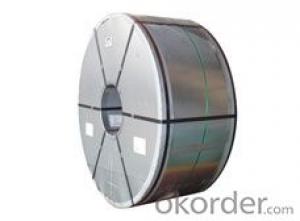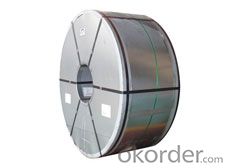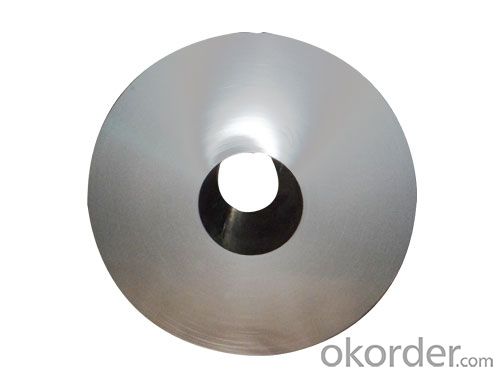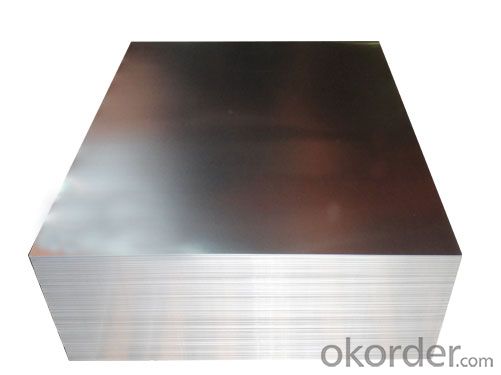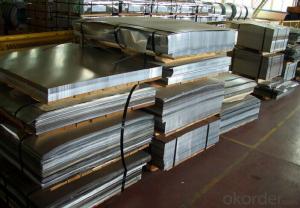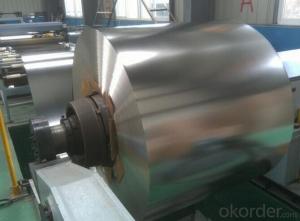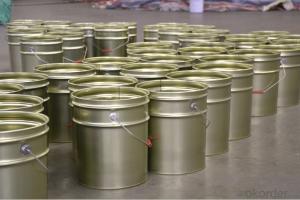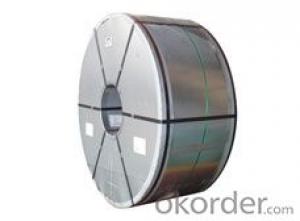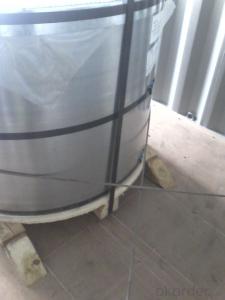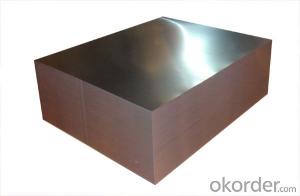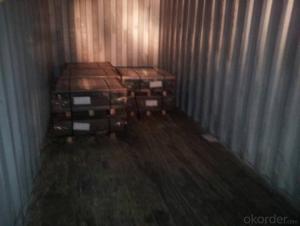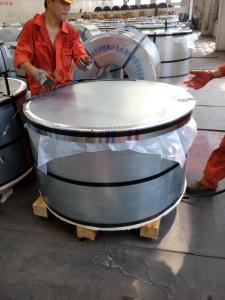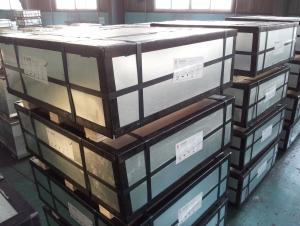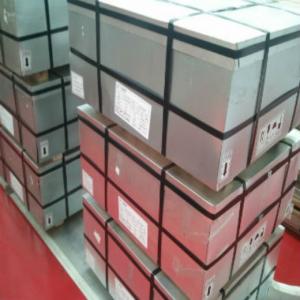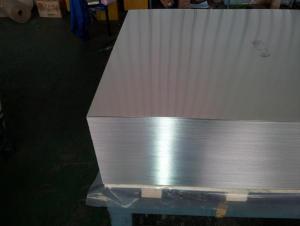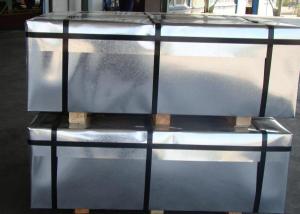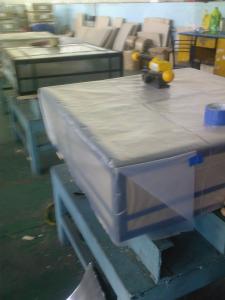Tinplate ETP Of Prime Quality
- Loading Port:
- China Main Port
- Payment Terms:
- TT OR LC
- Min Order Qty:
- -
- Supply Capability:
- -
OKorder Service Pledge
Quality Product, Order Online Tracking, Timely Delivery
OKorder Financial Service
Credit Rating, Credit Services, Credit Purchasing
You Might Also Like
Tinplate is widely used for metal package like paint, chemical can,aerosol can and different food can production,
Also battery,electric cable and other industries. Below please kindly refer to our specifications:
| Steel Type | MR | ||
| Temper(BA&CA) | T1~T5, DR8, DR9 | ||
| Coating | 1.1~11.2g/m2 (Both Equal and Differential) | ||
| Thickness and tolerance | 0.15~0.50mm(Tolerance: _+0.01 mm) | ||
| Width & tolerance | 300~1000mm (Tolerance: 0~3mm) | ||
| Cut length & tolerance | 450~``50mm (Tolerance: 0~3mm ) | ||
| Coil inside diameter | 420/508mm | ||
| Coil Weight | 3~10 MT | ||
| Passivation | 311 | ||
| Oiling | DOS | ||
| Surface Finish | Bright, Stone, Silver, Matte | ||
| Packaging | Seaworthy Standard with wooden pallet | ||
| Standards Available | GB/T2520, JIS G3303, ASTM A623M & EN10202 | ||
| Special specitications are available on request. | |||
- Q: Can tinplate be used for construction materials?
- Yes, tinplate can be used for construction materials.
- Q: How is tinplate stored and handled?
- Tinplate is typically stored in a dry and well-ventilated area to prevent rusting. It should be kept away from moisture, chemicals, and direct sunlight. When handling tinplate, it is important to use proper lifting equipment to prevent damage and injuries. It should be stored in a way that avoids excessive stacking and ensures easy access for inspection and use. Proper labeling and documentation of storage is also recommended to ensure efficient handling and inventory management.
- Q: What are the different types of tinplate seams?
- There are three main types of tinplate seams: lap seam, double seam, and open seam.
- Q: How does tinplate contribute to the reduction of carbon emissions?
- Tinplate contributes to the reduction of carbon emissions through its sustainable production process and recyclability. Compared to other packaging materials, tinplate has a low carbon footprint as it requires less energy and releases fewer greenhouse gases during manufacturing. Additionally, tinplate is a highly recyclable material, allowing for the efficient reuse of resources and reducing the need for new production. By promoting the use of tinplate, we can minimize carbon emissions and work towards a more environmentally friendly packaging solution.
- Q: Can tinplate be used for automotive parts?
- Yes, tinplate can be used for automotive parts. It is often used for components such as body panels, fuel tanks, and exhaust systems due to its corrosion resistance and durability.
- Q: How does tinplate contribute to the overall recyclability of packaging?
- Tinplate contributes to the overall recyclability of packaging as it is a highly recyclable material. It can be easily recovered and reused in the production of new packaging or other products. Its recyclability helps reduce the demand for new raw materials and minimizes the environmental impact of packaging waste.
- Q: How does tinplate contribute to the preservation of historical artifacts?
- Tinplate contributes to the preservation of historical artifacts by providing a protective barrier against environmental factors such as moisture, oxygen, and light. It helps prevent corrosion, rusting, and degradation of the artifacts, thus extending their lifespan and maintaining their historical value.
- Q: How is tinplate used in the manufacturing of kitchenware?
- Tinplate is commonly used in the manufacturing of kitchenware due to its unique properties. It provides a protective coating that prevents corrosion and enhances the durability of the kitchenware items. Tinplate is often used to create food cans, utensils, and other cookware. Its ability to resist corrosion and maintain food quality makes it a popular choice for kitchenware manufacturers.
- Q: What are the main challenges in recycling tinplate?
- One of the main challenges in recycling tinplate is the separation of tin from steel. Tinplate is a combination of steel coated with a thin layer of tin, which provides corrosion resistance. However, separating these two materials during the recycling process can be costly and technically complex. Additionally, tinplate often contains various contaminants, such as paints, coatings, and labels, which need to be removed before recycling. Ensuring the proper collection and sorting of tinplate waste is another significant challenge as it requires educating the public about the importance of recycling and providing convenient recycling infrastructure.
- Q: How big is the difference between tinplate and stainless steel 316L?
- It will be the steel strength and formability and corrosion resistance of tin soldering, and beautiful appearance with a material, corrosion resistant, non-toxic, high strength and good ductility properties.
Send your message to us
Tinplate ETP Of Prime Quality
- Loading Port:
- China Main Port
- Payment Terms:
- TT OR LC
- Min Order Qty:
- -
- Supply Capability:
- -
OKorder Service Pledge
Quality Product, Order Online Tracking, Timely Delivery
OKorder Financial Service
Credit Rating, Credit Services, Credit Purchasing
Similar products
Hot products
Hot Searches
Related keywords
